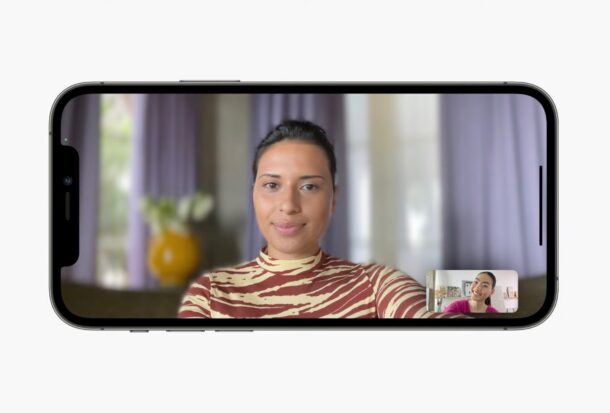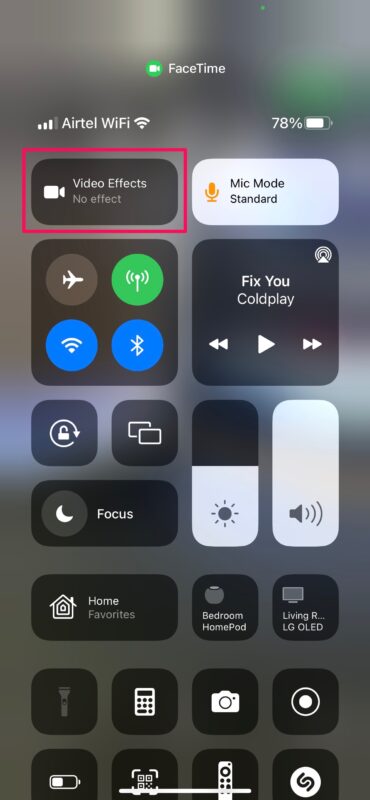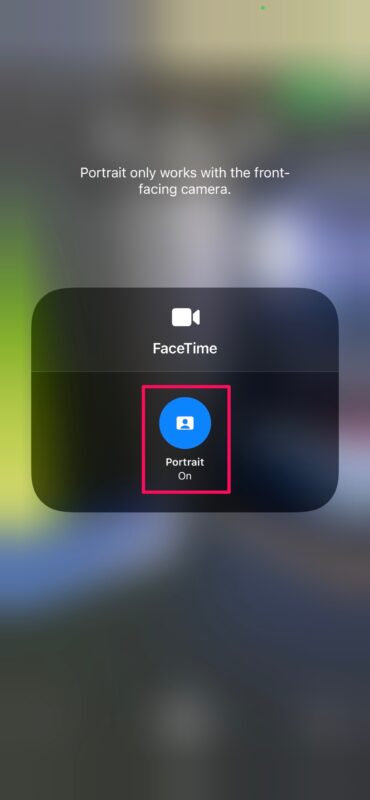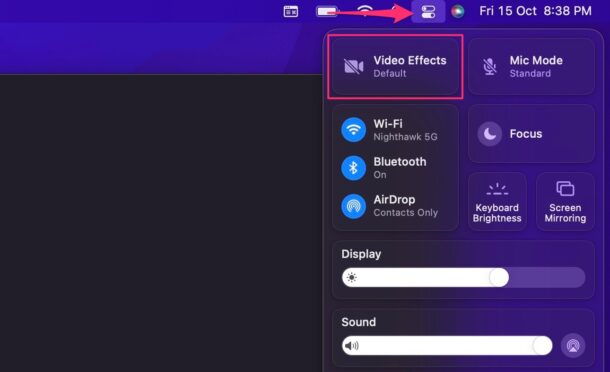How to Blur Background During FaceTime Calls on iPhone, iPad, & Mac

Ever wanted to blur your background while on a FaceTime call? Maybe it’s a busy room or a messy kitchen behind you. Fortunately, you can use the same Portrait mode you use for your selfies, right on iPhone, iPad, and Mac.
The Portrait mode on the front selfie camera of your iPhone and iPad works only because of Apple’s software magic, but we’re glad to see this feature make its way to FaceTime. With third-party video calling apps offering virtual backgrounds to hide your room, Apple had to do something similar with FaceTime. Sure, blurring the background doesn’t completely mask your surroundings, but at least it takes away the focus from the objects nearby. This capability exists in iOS 15, iPadOS 15, and macOS Monterey or later, so if you want to try this out on your next call, read along to learn how you can use FaceTime Portrait Mode to blur the background during FaceTime calls. We’ll cover this feature on iPhone and iPad first, then the Mac.
How to Blur Background During FaceTime Calls on iPhone & iPad
Before you go ahead, we want to quickly point out that you’ll need an iPhone or an iPad with the Apple A12 Bionic chip or newer to use Portrait mode during FaceTime calls. Also, make sure your device is running at least iOS 15/iPadOS 15. Now, let’s look at what you need to do:
- Start or join a FaceTime call and bring up the Control Center by swiping down on the upper-right corner of your screen.

- Now, tap on the “Video Effects” tile at the top of the Control Center to access more options.

- Next, use the toggle to enable or disable “Portrait” for FaceTime on your device and then return to your call.

You’ll notice that everything around you is automatically blurred out. Note that FaceTime’s Portrait mode only works when you’re using the front selfie camera.
How to Blur Background During FaceTime Calls on Mac
Using Portrait mode during FaceTime calls on your Mac is just as easy, provided you have a Mac with the Apple Silicon chip. Simply make sure it’s running macOS Monterey or later, and then follow the steps below:
- Once you’ve started or joined a FaceTime call, click on the “Control Center” icon from the upper-right corner of the menu bar and then click on “Video Effects.”

- Next, click on “Portrait” and return to your call to see the applied effect in real-time during the call.

That’s all you have to do. You can repeat these steps when you’re ready to turn this feature off.
The new Portrait mode is the closest to a virtual background experience that you can have on FaceTime right now. Fortunately, it works decent for the most part, but expect soft edges, especially around your hair.
Portrait mode isn’t exclusive to FaceTime, which’s great news for those who rely on third-party video calling apps. All you need to do is start a video call on a supported video calling app and then follow the exact same steps to turn on Portrait from the iOS Control Center.
Besides this minor touch to the video quality, Apple has managed to improve the audio quality for FaceTime calls too. A new microphone mode called Voice Isolation uses machine learning to block out all the background noise during your voice and video calls. You can access this new mode even on the older Intel Macs too, and just like Portrait mode, it works with third-party apps.
Of course if you do a lot of video chatting with other apps like Zoom, Google Meet, WebEx, and others, you’ll know this feature exists there too.
Did you have fun taking advantage of all the improvements in FaceTime? What do you think of this capability? Let us know in the comments.






